Mens Hairstyle for Fine Hair
Apr 12,2024
Best Mens Hairstyles for Fine Hair
Hey there, dudes! Ever feel like your hair is playing hide-and-seek with your scalp? Or maybe you've noticed a little more scalp showing through than you'd like. Before you give in to despair, listen up! Fine hair isn't a sign of defeat, it's just a different kind of texture with the potential to be incredibly stylish.
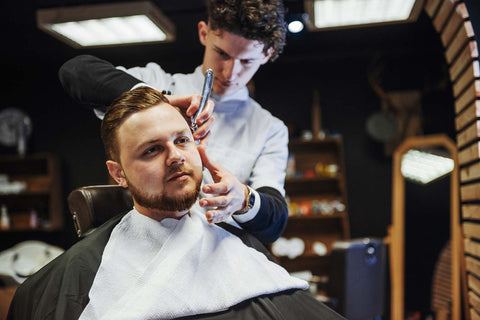
WHAT IS FINE HAIR?
Fine hair oftentimes gets a bad rep. Usually confused with thinning hair, it's simply about the diameter of each strand. Fine hair might seem like less hair, but it just means each strand is finer and of a smaller diameter. The good news? You can absolutely work it to create a fashionable look.
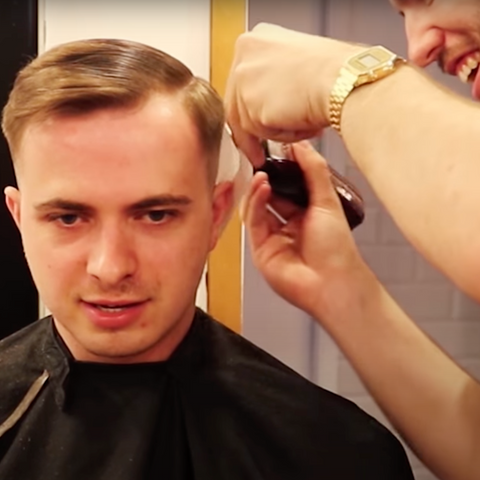
MEN'S HAIRCUT FOR FINE HAIR
The power move for fine hair is all about creating contrast. Here's how to achieve it:
- Shorter Back and Sides: This keeps the focus on the top of your head, where you have more styling options. Ask your barber for a scissor cut – thinning shears are a no-no for fine hair, as they can make it look even thinner!
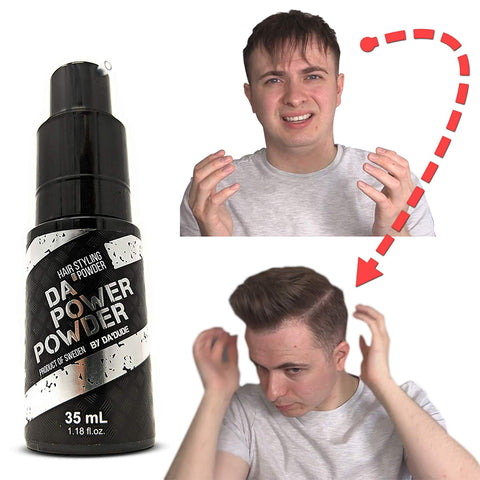
BEST HAIR STYLER FOR FINE HAIR
Now, let's unpack your secret weapons for styling fine hair:
-
Round Brush: This is your magic wand for volume. Use it with a blow dryer that has multiple heat and speed settings to lift and style your hair without damage.
-
Pre-styling Products: Don't skip this step! Apply a pre-styler (like a mousse or cream) to damp hair before blow-drying. This will give you a good foundation for styling and adding volume.
-
Hair Wax: Consider a high-quality hair wax like Da'Wax Hair Styling Wax. It provides texture and hold without weighing down your fine hair. Apply it to damp hair and work it in with your round brush and blow dryer.

As mentioned earlier, it is necessary to apply a pre-styler while blow-drying your hair. The pre-styler can be properly distributed using a round brush. One widely recommended and more effective styling product for men is Da'Wax Hair styling wax.
Apply Da’Wax Hair Wax to your wet hair. Then use a combination of the round brush and hairdryer. This will provide a well texturized, voluminous, and malleable hair. Now style your hair as desired. If your blow dryer has heat settings, finish on a cooler setting to help set the hair into place.
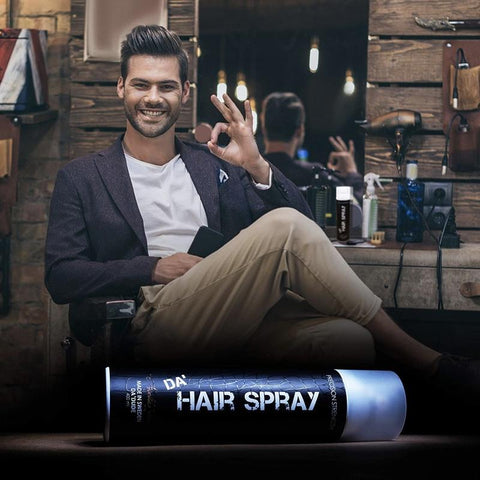
CHOOSING THE RIGHT STYLING PRODUCTS
Not all styling products are created equal for fine hair. Here's what to avoid and what to embrace:
-
Ditch the Gels: Gels that give you a "wet look" weigh down fine hair and makes it look flat.
-
Mousse, Cream, or Clay: These are your new best friends. They offer hold and definition devoid of the heaviness. Opt for products specifically formulated for fine hair, and consider brands like Da'Wax that are known for their lightweight formulas.
-
Hairspray: For that final touch of hold, use a salt spray like Da'Salt Water Hairspray. It adds texture and keeps your style in place without that stiff, helmet-hair look. Also, refrain from touching your hair while it dries to prevent frizz.
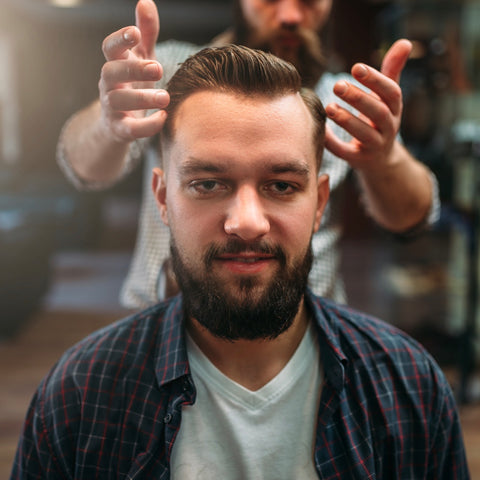
MAINTAINING YOUR HAIR
Here's how to keep your fine hair looking its best:
-
Regular Trims: Schedule trims for the back and sides every two to three weeks. Let the top grow a bit longer, for five to seven weeks, to maximize volume.
-
Washing Wisely: Over-washing is a big threat to fine hair. It erodes natural oils that help with volume and manageability. Wash less frequently, and when you do, use cool water. Cool water helps close the hair cuticle, which adds shine and reduces frizz.
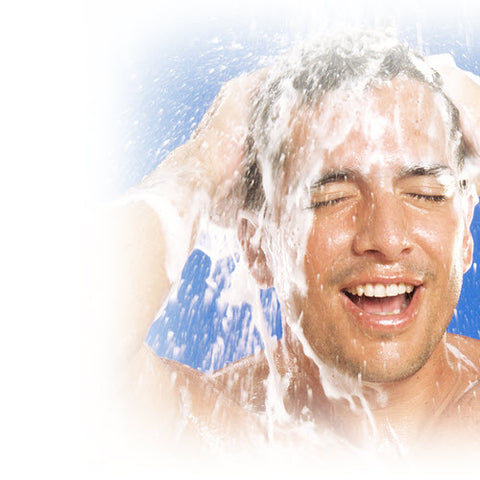
Fine hair isn't a limitation, it's an opportunity to explore different styles and textures. With the right haircut, styling techniques, and products, you can create a look that's both voluminous and stylish. So, go forth and conquer the hair game, gentlemen! You've got this.




